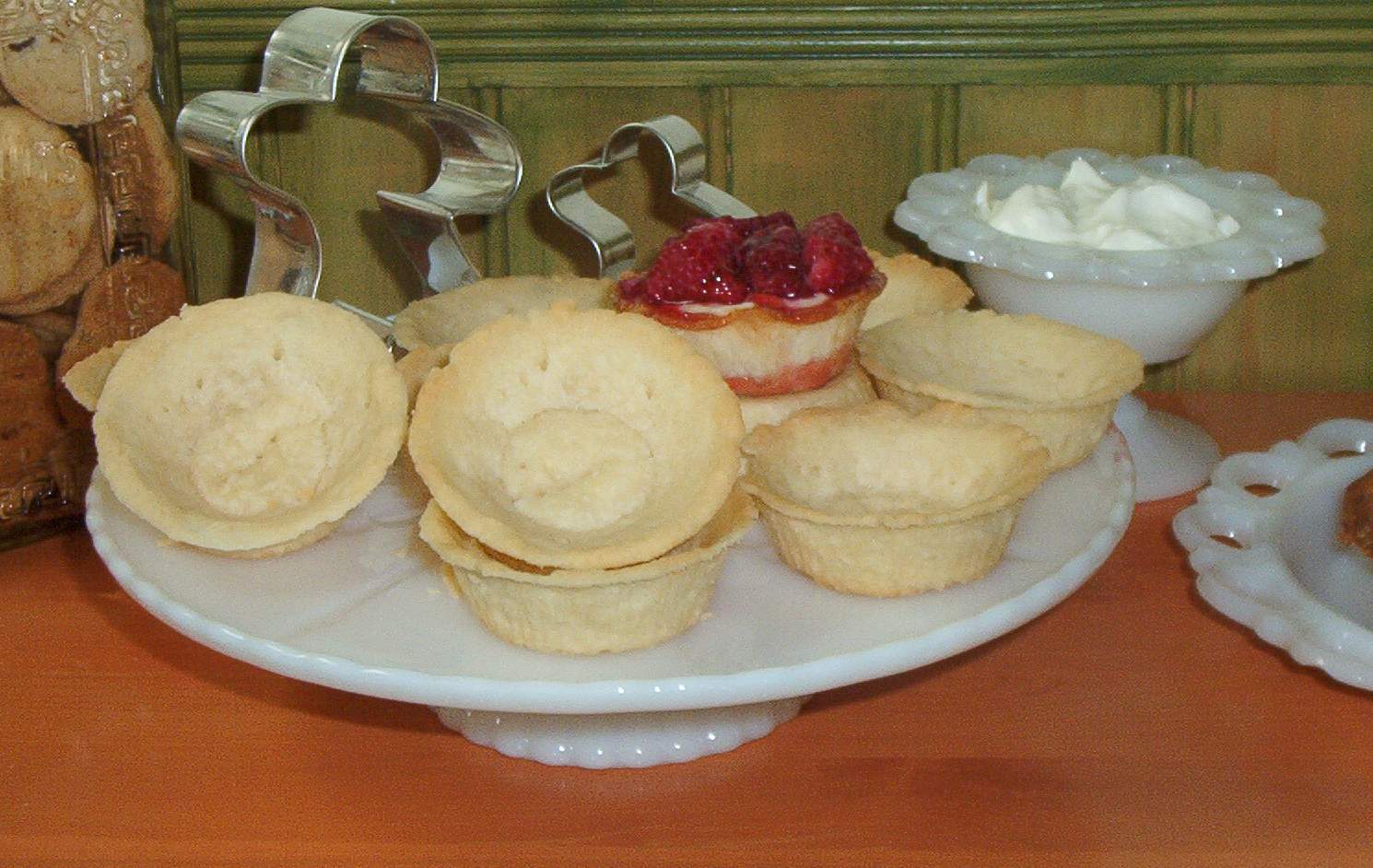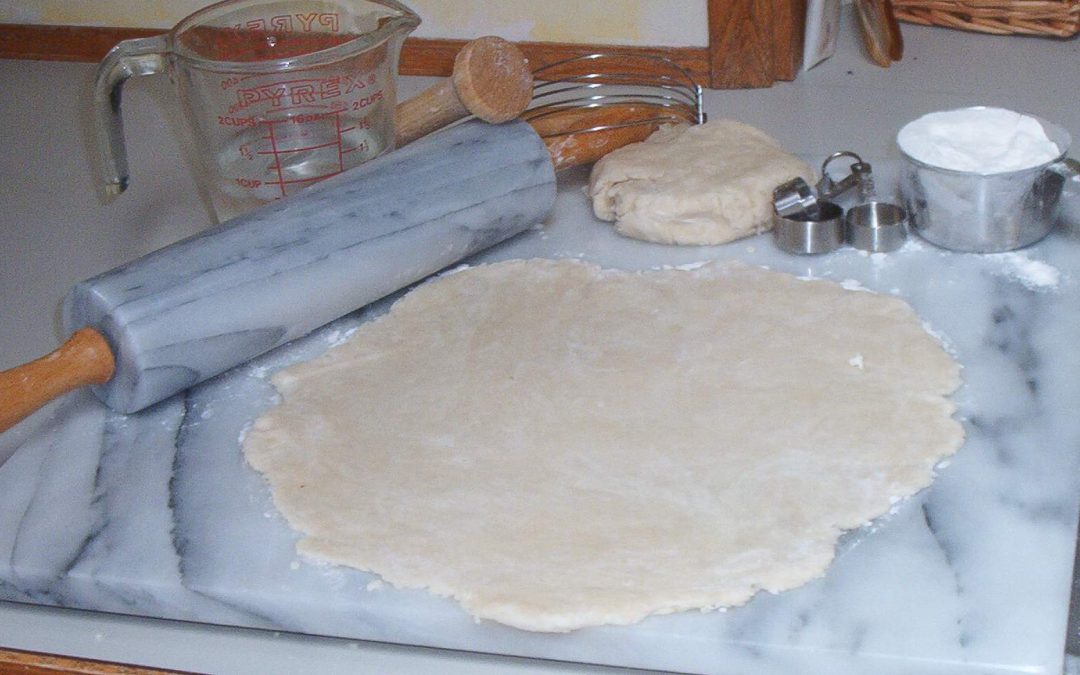Our family has been in the bakery business for nearly 100 years. Lorraine’s Dad learned to bake in his grandmother’s bakery.
Pies were Grandma Foley’s speciality. And pie crust was the first thing I made with my Dad.
It was a happy day when I’d get home from school and see all the makings of a pie crust laid out on the kitchen table. It meant that, as soon as Dad got home from work, there would be pie crust to make. Mom could make a mean pie filling, but she did not make pastry. That was always Dad’s job.
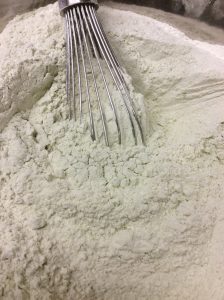
And that’s how the recipe and method for making this pie crust was passed along,
now through five generations!
The ingredients for this pie crust and really simple: flour, salt, lard and water. Pie crust made with lard is flaky and light. This pie crust doesn’t have any sugar added to it so it’s great for savoury or sweet fillings. It is my go-to pie crust for quiche.
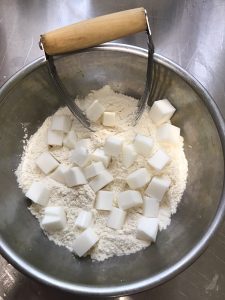
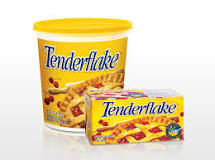
I’m giving you the recipe for a pie crust for a single 9″ double-crust pie. It’s super easy to scale up if you’re making more than one pie.
You’ll find the lard in the baking aisle at the grocery store. And Tenderflake lard – a truly Canadian product – is the perfect lard for pie crust. Keep reading though, because our recipe for pie crust is not the one from the Tenderflake box. We don’t add vinegar to our pie crust, an ingredient you’ll see in many recipes for pie crust made with lard.
Why you ask? The Depression!
It really brought out the creativity in cooks!
Lard or Shortening?
In the 1960’s, when Crisco came along, many people switched to it, but not in our house. No sirree! We stuck with lard. But then, it seemed that pastry with lard became passé in the 70s and 80s.
Bad for you they said.
Use vegetable shortening they said.
It’s better for you they said.
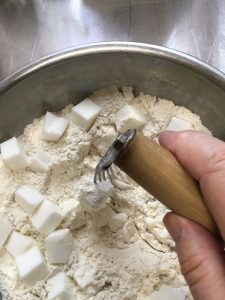
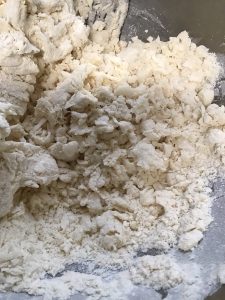
Eventually, I did switch to vegetable shortening but it wasn’t long before I abandoned that experiment and started to perfect my butter pastry. After all, butter is very yummy.
But the thing is, lard is so much easier to work with, so I went back to using good ole’ Tenderflake .
Let’s Get to It!
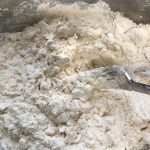
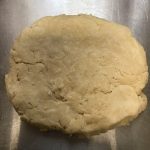
- Stir together the flour and salt.
- Cut your lard into small cubes.
- Cut the lard into the flour with a pastry blender or fork until the lard pieces are the size of small peas.
- Using a fork, stir in the ice water, one tablespoon at a time.
- Only use enough water to make a dough that hangs together.
- Gather your pie dough into a ball and squeeze together.
- Divide in two, flatten into disks and wrap and leave to rest for 15 to 20 minutes.
- Roll out on a lightly floured surface and use as directed in your pie recipe.
Why Lard?
The melting point of lard is lower than butter, which means that more air and steam are released during bake times. This results in greater leavening and a flakier texture in baked goods. Lard also has larger fat crystals that leave open spaces as they melt, creating more layers than you would achieve with butter. For biscuits and pie crusts, lard, or a combination of lard and butter produce the ideal texture.
A tablespoon of butter and a tablespoon of lard each contain about the same number of calories, about 115. However, a tablespoon of lard is about 25% of your daily saturated fat intake compared to 37% for butter. Lard is also lower in cholesterol than butter.
Plus, after olive oil, which consists of 77 percent monounsaturated fatty acids, lard has the most monounsaturated fats at 48 percent.
Lard is having a new day, with many experts agreeing that it is a healthy fat. In moderation. So, indeed, in the end, Grandma knew best all along.
The Recipe
